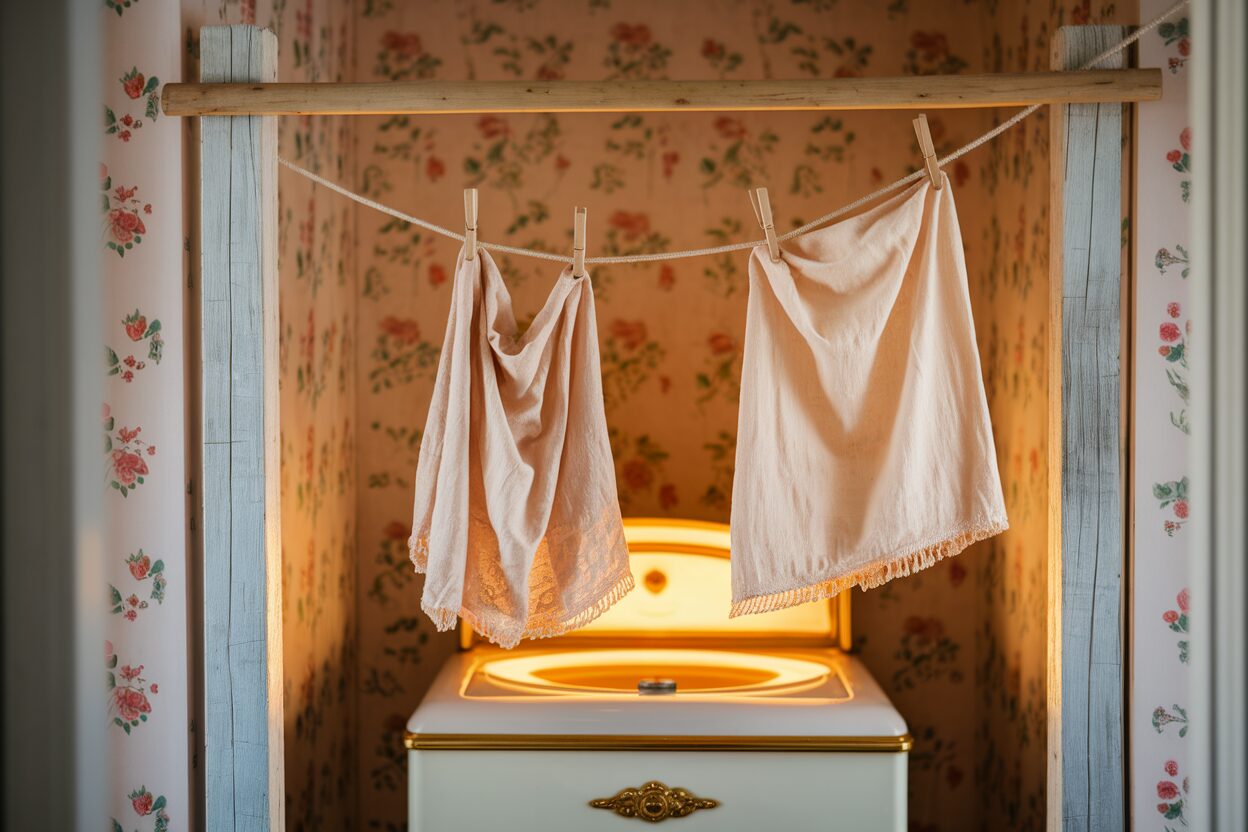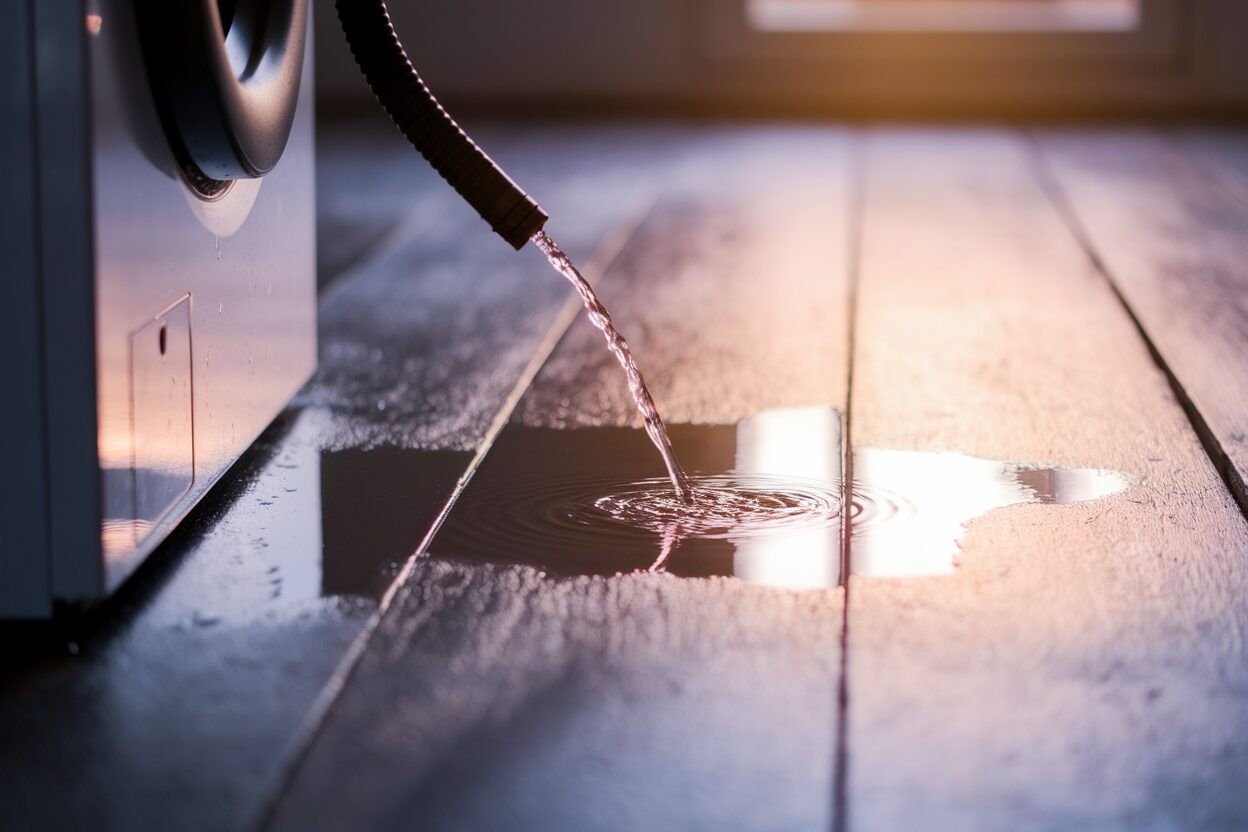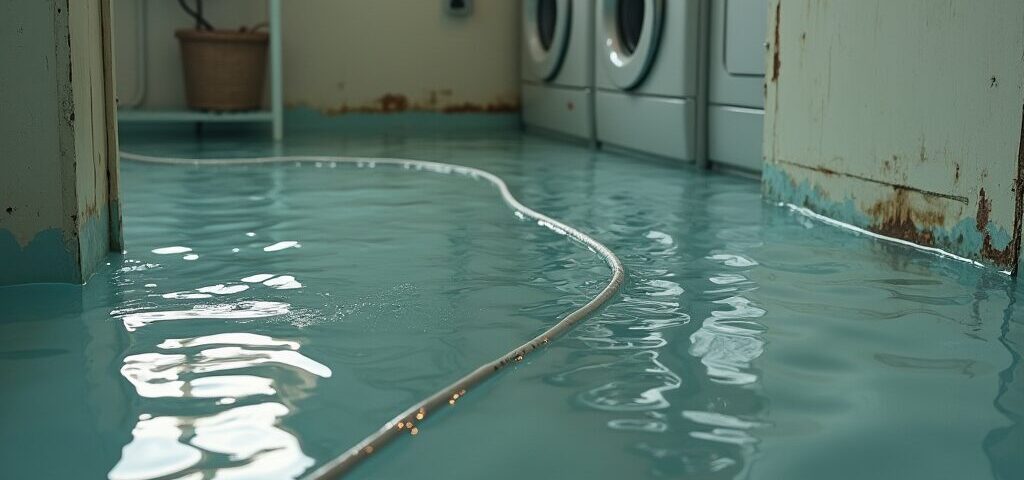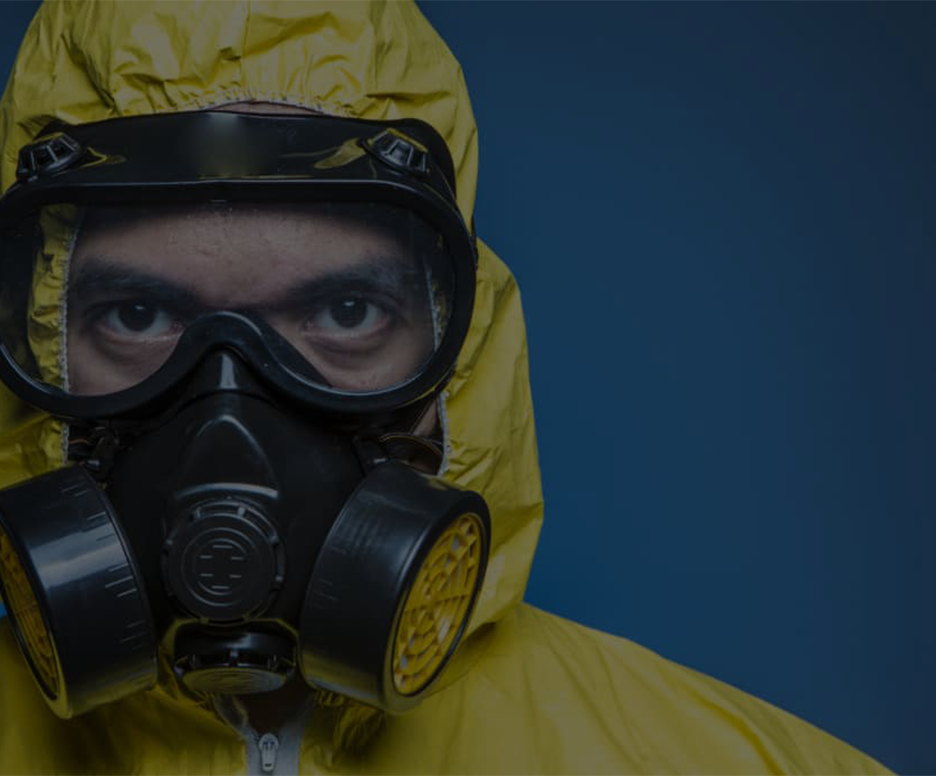
Water Damage In Laundry Rooms: Prevention And Cleanup
By: 911 Water Damage Experts
The laundry room might be the most overlooked source of water damage in your home. With constant moisture, ageing hoses, and heavy appliance usage, it only takes one small failure to turn your clean-up space into a costly disaster zone. Catching the warning signs early and following the right steps can save you thousands in repairs.
Let’s get right into it!
Introduction: Why Laundry Rooms Are High-Risk For Water Damage
Laundry rooms house washing machines, utility sinks, and often hot water tanks—all of which involve plumbing, drainage, and potential overflow points. The confined space, lack of floor drains, and vibration from spinning appliances increase the chances of leaks going unnoticed until serious damage has occurred. Because laundry rooms are usually in basements or tucked away in utility areas, water damage here often spreads before it is detected.
Typical Sources Of Laundry Room Water Damage
Washing Machine Hose Failures
Rubber hoses can deteriorate over time, especially with constant pressure and hot water cycles. A hose burst can release hundreds of litres of water in just a few minutes. According to the Institute for Catastrophic Loss Reduction, burst hoses are one of the top five causes of indoor water damage in Canadian homes.
Drain Pan Overflow And Clogged Drains
Many laundry rooms have shallow drain pans meant to catch minor leaks, but these overflow quickly during major malfunctions. A clogged floor drain or laundry sink drain can cause backups that flood the room and adjacent spaces.
Supply Line Joint Leaks
Fittings and joints behind the washing machine are common failure points. Slow leaks can cause water to collect behind walls or under flooring, leading to mould and structural damage if not caught early.
Prevention Strategies And Maintenance Tips
Installing High-Quality Braided Hoses
Replace standard rubber hoses with braided stainless steel ones, which are more resistant to bursting and offer a longer lifespan. Always ensure hoses are installed without kinks and replaced every five to seven years.
Regular Inspection And Replacement Schedules
Visually inspect connections, hoses, and seals every six months. Replace any component showing signs of wear, corrosion, or cracking. Set reminders to check behind the appliances, even if the area is hard to reach.
Drip Pans And Water-Shutoff Valves
Install a proper drip pan with a drain connection under the washer. Consider an automatic water shutoff valve that detects leaks and cuts the water supply instantly. These are especially useful for homes with upstairs laundry setups.
Immediate Cleanup Steps For Minor And Major Leaks
Safety First: Electrical And Slip Hazards
If water is pooling near electrical outlets or wiring, shut off the power before stepping into the area. Water and electricity do not mix. Also, beware of slippery surfaces that can lead to injuries during cleanup.
Water Extraction And Drying Techniques
Use a wet vacuum or pump to remove standing water quickly. Set up air movers and dehumidifiers immediately to accelerate drying. Drywall, baseboards, and flooring should be removed if saturated to prevent mould development.
Mould Prevention And Monitoring
Monitor humidity levels in the affected area for several days. Apply antimicrobial treatments to prevent spores from forming. Check hidden spots like behind the washer or beneath cabinetry for lingering moisture.
When To Call Professionals For Restoration
Signs Of Hidden Damage (Wall, Floor, Insulation)
Discolouration, warping, or musty odours are signs that water has penetrated beyond the surface. Moisture sensors can detect hidden dampness that may not be visible but still causes long-term damage.
Insurance Considerations And Documentation
Take detailed photos of the damage and appliance failure. Keep receipts of any repairs or equipment replacements. Some homeowner policies cover sudden water discharge but may exclude gradual leaks.
Choosing A Qualified Water-Damage Restoration Contractor
Look for certified technicians with experience in water damage restoration and mould remediation. They use professional equipment like thermal imaging, air scrubbers, and industrial dryers to ensure full restoration.
FAQs
1. What Is The Most Common Cause Of Laundry Room Water Damage?
Burst washing machine hoses are the leading cause due to wear and high-pressure failure.
2. Should I Turn Off My Washer Hoses When Not In Use?
Yes, especially if you leave home for more than a day. Shut-off valves can prevent major flooding.
3. Can A Leak Behind The Washing Machine Cause Mould?
Absolutely. Hidden leaks often go unnoticed, creating the perfect conditions for mould to grow.
4. What Kind Of Hoses Are Best For Washing Machines?
Braided stainless steel hoses are more durable and reliable than standard rubber ones.
5. How Do I Know If Water Has Reached The Subfloor?
Signs include sagging floors, spongy spots, or a persistent damp smell. Moisture meters can confirm it.
6. Does Insurance Cover Laundry Room Water Damage?
It depends on your policy. Sudden incidents are usually covered, but slow leaks might not be.
7. How Can I Detect A Slow Leak In The Laundry Room?
Use leak detectors or monitor your water bill for unexplained increases. Regular inspections help too.
8. Should I Install A Floor Drain In My Laundry Room?
Yes, especially in basement setups. It offers a first line of defence against water accumulation.
9. Is It Safe To Use My Washer After A Leak?
Only if a technician has inspected it. Hidden electrical or plumbing damage can pose safety risks.
10. How Often Should I Inspect Laundry Room Plumbing?
At least every six months. Early detection can prevent serious damage and costly repairs.
Conclusion
Water damage in laundry rooms is a silent threat that can lead to major property issues if ignored. From simple hose upgrades to professional restoration, taking action before, during, and after an incident makes all the difference. Stay proactive with inspections, invest in quality fittings, and act quickly when leaks occur to keep your laundry area safe and dry.
If you have any questions about water damage and water damage restoration feel free to call us at 1-833-WE-DRY-IT or chat with us in near real-time on our Facebook fan page.



